
.

|
EduTech Research Project Presents John Tyman's INUIT ~ People of the Arctic Unit II: FOOD SOURCES Back to Main Navigation Page |
|
|
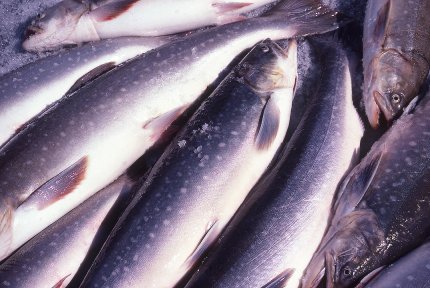 |
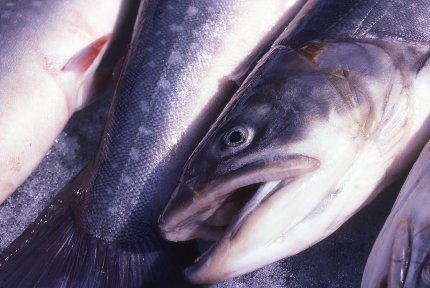 |
|
fresh-water fishing provides another major source of food. |
focused mainly on Arctic Char. |
 |
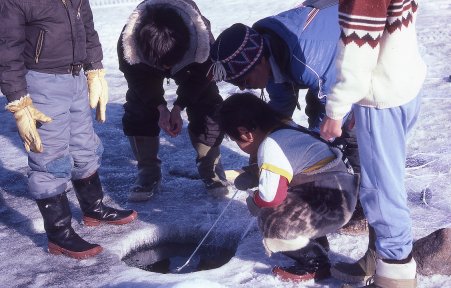 |
|
|
|
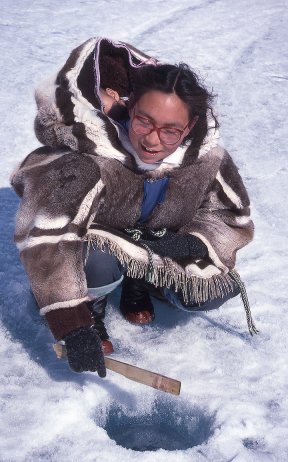 |
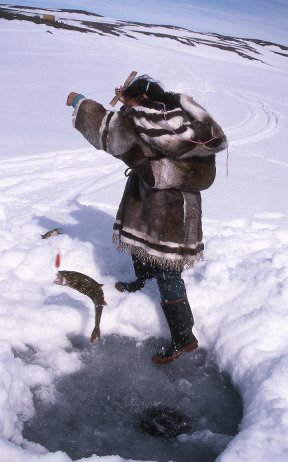 |
|
is simply jigged up and down. |
the line is quickly pulled out of the water. |
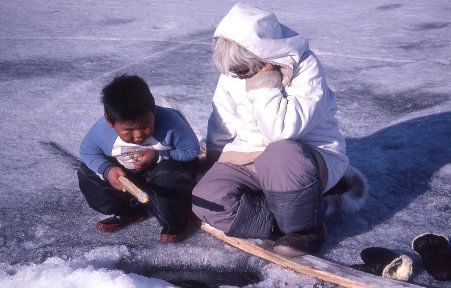 |
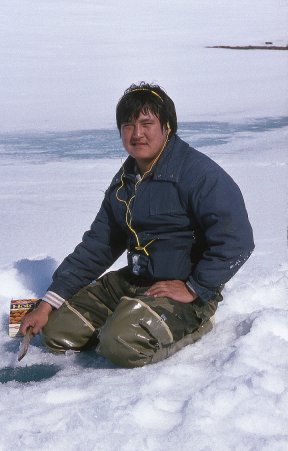 |
|
children learn by observation and participation. |
while they fish. |
 |
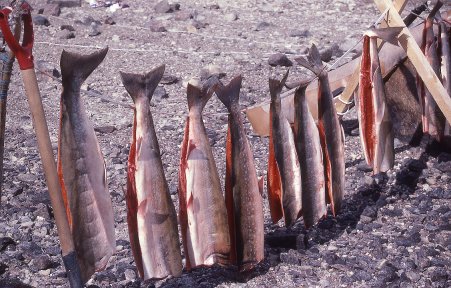 |
|
|
|
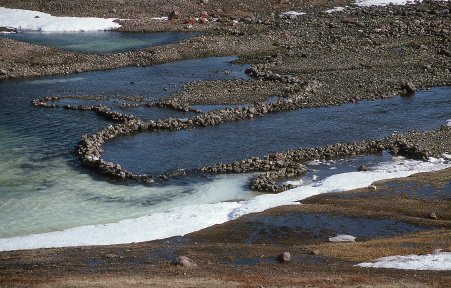 |
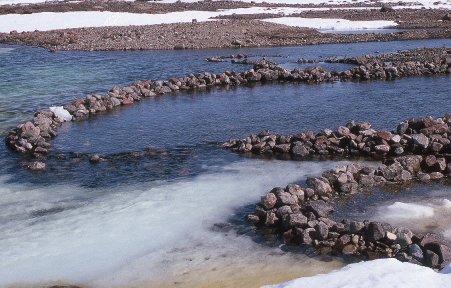 |
|
during the return migration upstream in the autumn. |
is raised to block the path of the fish. |
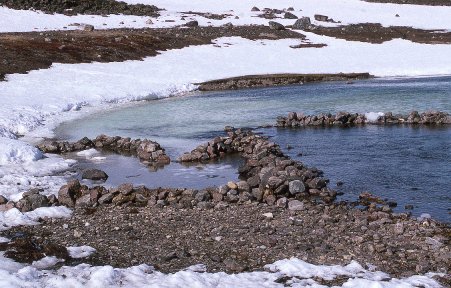 |
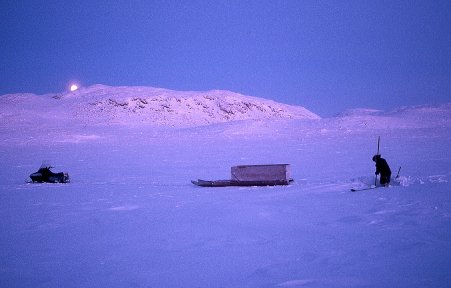 |
|
at the side where there can be harvested with spears. |
but still useful. |
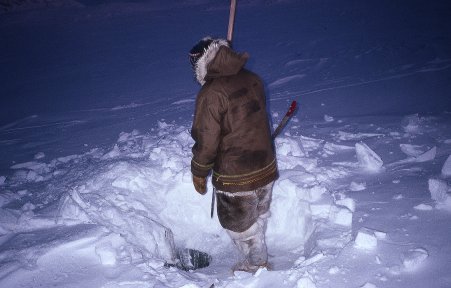 |
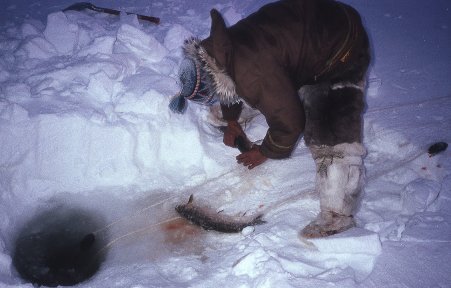 |
|
. |
and checked for fish every few days. |

|
1 | 2 | 3 | 4 | 5 | 6 |
1 | 2 | 3 | 4 | 5 |
1 | 2 | 3 | 4 | 5 | 6 |
1 | 2 | 3 | 4 | 5 |
1 | 2 | 3 | 4 | 5 | 6 |
![]()
Text, photos and recordings
by John Tyman
Intended for Educational Use
Only.
Copyright Pitt Rivers Museum,
Oxford University, 2010.
Contact Dr.
John Tyman for more information regarding licensing.
![]()
Photo processing, Web page layout,
and formatting by
William
Hillman | www.hillmanweb.com
Assistant Professor ~ Faculty
of Education ~ Brandon University ~ Brandon, Manitoba ~ Canada